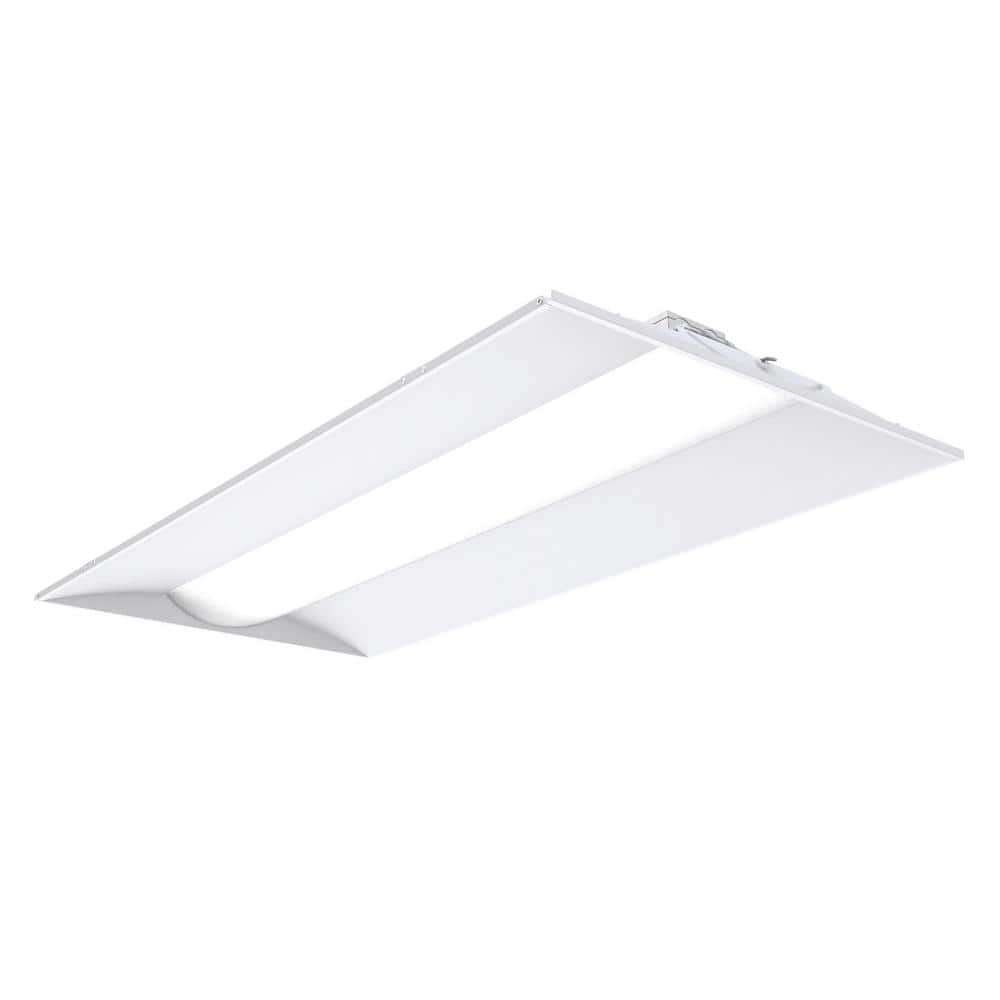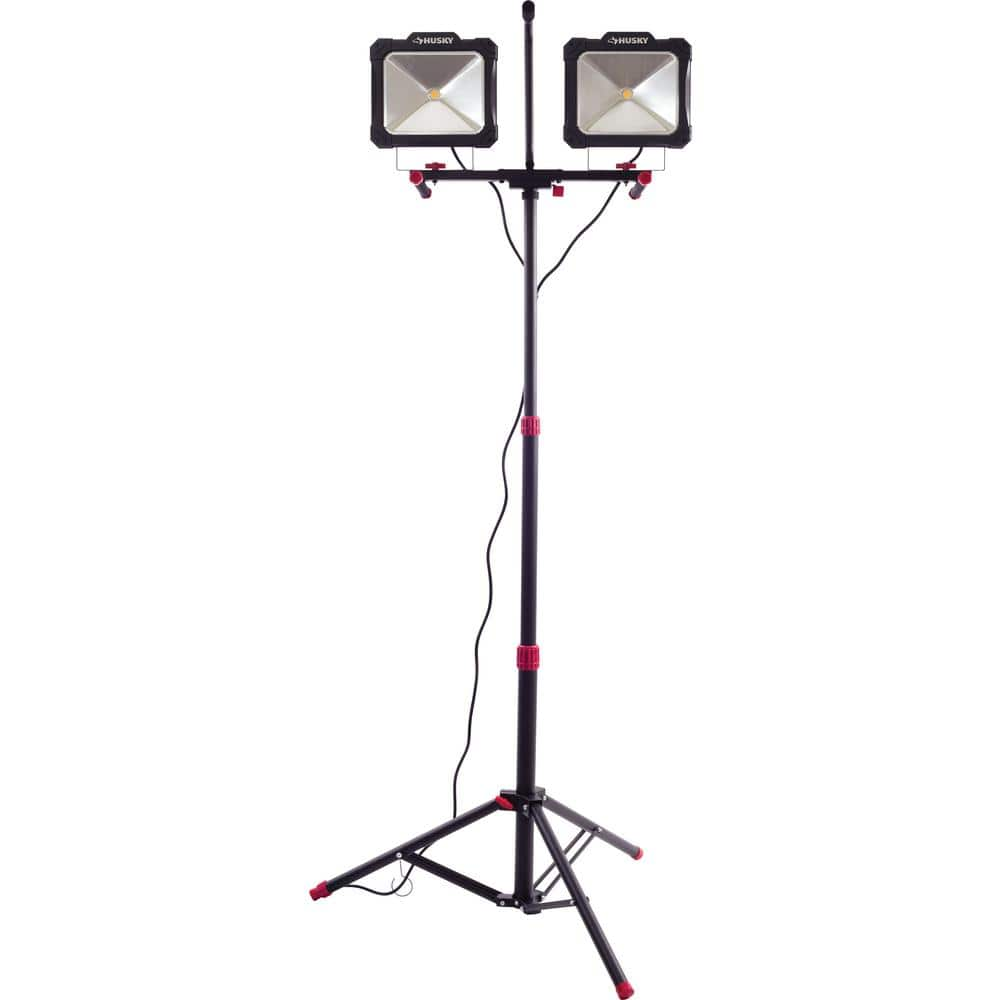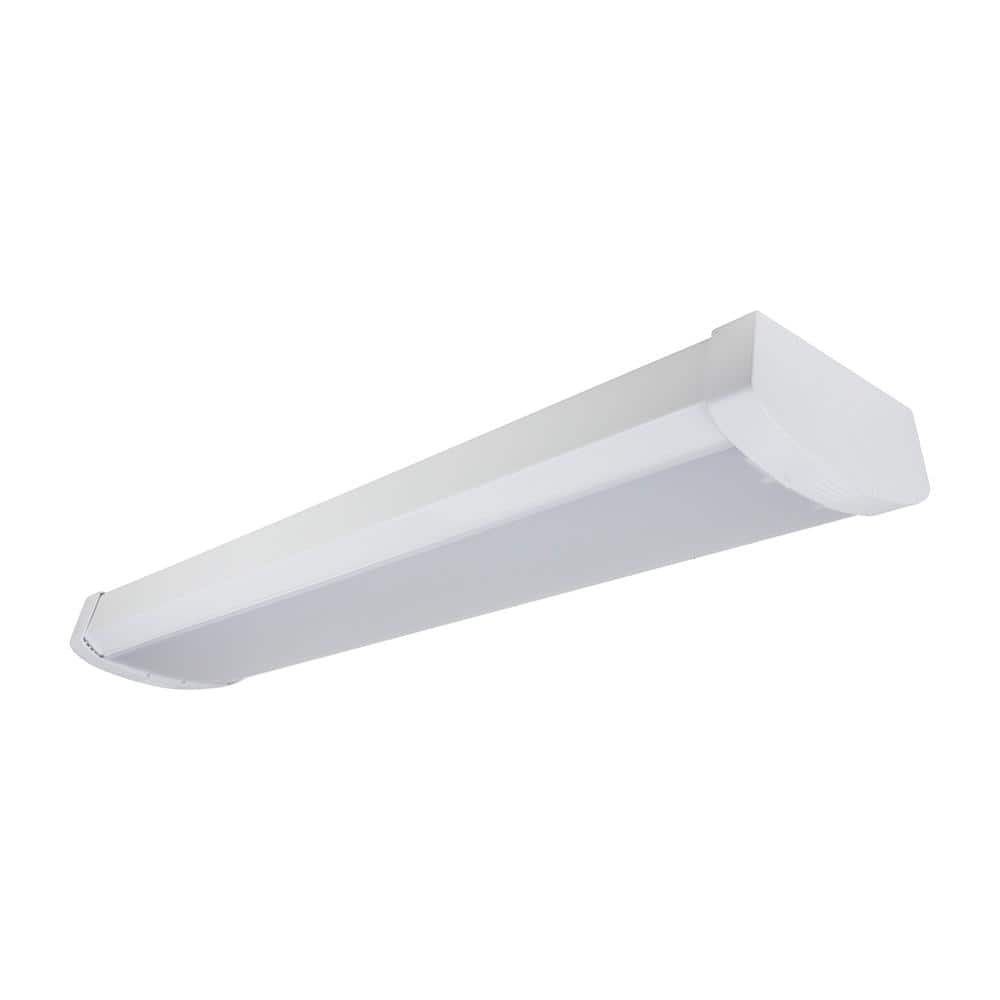Home Decorators Collection Romaro Row 6-Light Aged Bronze Dinette Chandelier
Great for industrial and rustic inspired interiors. Uses (6) dimmable 40-Watt ST64 vintage bulbs, included. For more sizes and options, shop the Romaro Row Collection.
Don’t be fooled by this simple looking Romaro Row 6-light dinette. Sometimes simple is more difficult to manufacture than an extravagant chandelier. The Aged Bronze finish highlights the quality of the frame and the precision of the construction. The early electric bulbs make this the ideal restoration inspired pendant.
- Uses four 40-Watt early electric medium base bulbs
- Bulbs are included with the fixture
- Includes 72 in. of matching chain and 96 in. of wire
- Chain can be adjusted to desired length
- Assembled weight 11 lbs., height 28.75 in., 14 in. Dia
- Available in 3 fashionable styles
- Stem-to-chain suspension
Additional information
| Chain Length (in.) | 72 |
|---|---|
| Fixture Depth (in.) | 22 |
| Fixture Height (in.) | 26.34 |
| Fixture Weight (lb.) | 11 |
| Fixture Width (in.) | 22 |
| Maximum Hanging Length (in.) | 97 |
| Mounting Deck Height (in.) | 5 |
| Mounting Deck Width (in.) | 5.5 |
| Manufacturer Warranty | 1 Year |






by David
This light is beautiful and easy to install.
by Steven
This light fixture looks so chic!